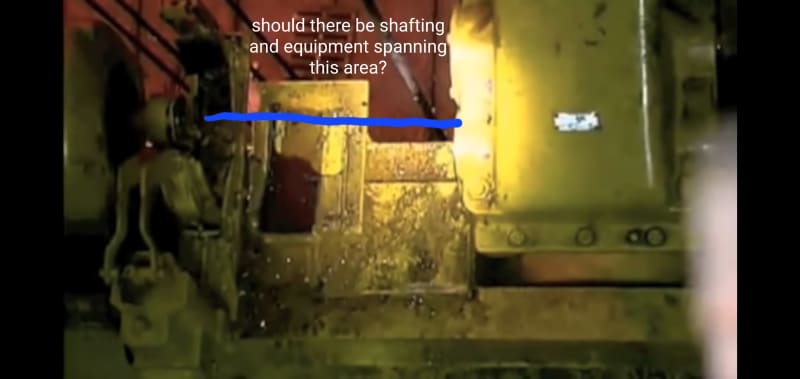enginesrus
Mechanical
- Aug 30, 2003
- 1,013
At the 3:22 area, what sort of material does that look like?
I wonder how many such failures have happened due to the use of the wrong size and type of materials used to construct the crane system?
I wonder how many such failures have happened due to the use of the wrong size and type of materials used to construct the crane system?

